
Asteroids is a space-themed multidirectional shooter arcade video game designed by Lyle Rains and Ed Logg released in November 1979 by Atari, Inc. The player controls a single spaceship in an asteroid field which is periodically traversed by flying saucers. The object of the game is to shoot and destroy the asteroids and saucers, while not colliding with either, or being hit by the saucers' counter-fire. The game becomes harder as the number of asteroids increases.

Beyond Castle Wolfenstein is a 1984 World War II stealth game. A direct sequel to Castle Wolfenstein, it is the second game in the Wolfenstein series, and the last installment to be released by original developer Muse Software before the name was revived for a first-person shooter in 1991. Castle Wolfenstein was written solely by Silas Warner for the Apple II, while the sequel was developed simultaneously for the Apple II and Commodore 64 by Warner, Eric Ace, and Frank Svoboda III. It was quickly ported to the Atari 8-bit family and MS-DOS.

Softalk was an American magazine of the early 1980s that focused on the Apple II computer. Published from September 1980 through August 1984, it featured articles about hardware and software associated with the Apple II platform and the people and companies who made them. The name was originally used on a newsletter of Apple Software pioneer company, Softape, who in 1980 changed its name to Artsci Inc.
Nasir Gebelli is an Iranian-American programmer and video game designer usually credited in his games as simply Nasir. Gebelli wrote Apple II games for Sirius Software, created his own company Gebelli Software, and worked for Squaresoft. He became known in the early 1980s for producing fast action games for the Apple II, including 3D shooters.
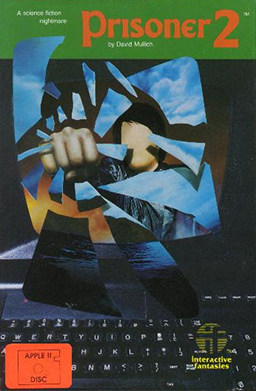
The Prisoner 2 is a 1982 computer game by Edu-Ware is a remake of the 1980 game The Prisoner.
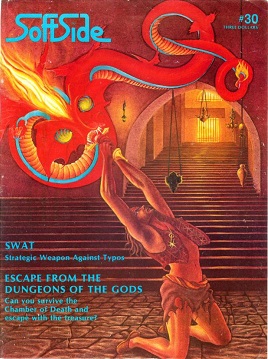
SoftSide is a defunct computer magazine, begun in October 1978 by Roger Robitaille and published by SoftSide Publications of Milford, New Hampshire.
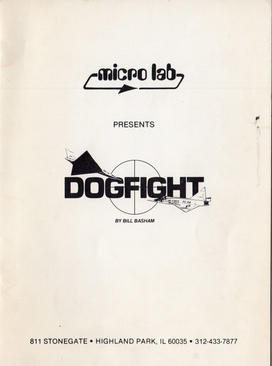
Dogfight is an aerial combat video game written by Bill Basham for the Apple II and published by Micro Lab in 1980. The game is a clone of Atari, Inc.'s 1975 arcade game Jet Fighter.
California Pacific Computer Co. was a computer software and game publisher active from 1979 to 1986, founded in Davis, California by Alvin Remmers. Its software was published exclusively for the Apple II computer and was an early commercial outlet for several important game designers including Richard Garriott, Bill Budge, and Michael Pondsmith.
Softape was an Apple II software company that published computer games, utilities and productivity programs for the Apple II series of personal computers in the late 1970s and early 1980s. It was co-founded by William V. R. Smith, Bill Depew and Gary Koffler. In 1980, the company's name was changed to Artsci, Inc. (artscipub.com) and they now operate as an internet service provider as well as publish literature on amateur radio.

Sargon III is a computer chess software. It is a sequel to Sargon II.

Bandits is a 1982 fixed shooter written by Tony and Benny Ngo for the Apple II and published by Sirius Software. The game is a clone of Taito's 1980 Stratovox arcade video game where the goal is to prevent aliens from stealing objects. Bandits was ported to the Atari 8-bit computers, Commodore 64, and VIC-20.

Bill Budge's Space Album is a collection of four Apple II action games written by Bill Budge and published by California Pacific in 1980. The games are Death Star, Asteroids, Tail Gunner, and Solar Shootout. Death Star was based around a scenario similar to the Death Star "trench battle" that formed the climax of the 1977 film, Star Wars Episode IV: A New Hope. Asteroids was a variant of the popular arcade video game of the same title.
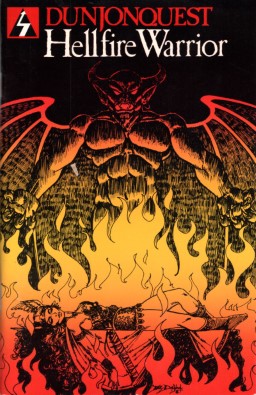
Hellfire Warrior is a dungeon crawl video game for the Apple II, Commodore PET, and TRS-80 published by Automated Simulations in 1980. An Atari 8-bit family port was released in 1982. Hellfire Warrior is the direct sequel to 1979's Temple of Apshai.
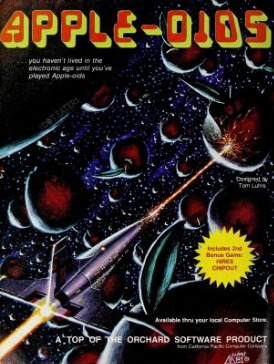
Apple-Oids is a clone of Atari, Inc.'s Asteroids arcade video game. It was written by Tom Luhrs for the Apple II and published by California Pacific Computer Company in 1980. The asteroids in Apple-oids are in the shape of apples.

Adventure in Time is a text adventure for the Apple II published in 1981 by Phoenix Software. An Atari 8-bit family version was released in 1983.

The Queen of Phobos is a graphical text adventure for the Apple II published by American studio Phoenix Software in 1982.

Empire II: Interstellar Sharks is a 1982 video game published by Edu-Ware Services Inc. It is the second game in the Empire trilogy, preceded by Empire I: World Builders (1981) and followed by Empire III: Armageddon (1983).

Crystal Caverns is a text adventure written by Daniel Kitchen of American studio Imaginative Systems Software for the Apple II and published by Hayden Software in 1982. A Commodore 64 port was released in 1984.
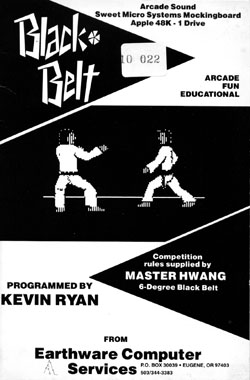
Black Belt is a 1984 video game published by Earthware Computer Services for the Apple II and Commodore 64. A taekwondo simulator, this title allows a player to spar with another human or computer opponent while strictly adhering to the rules of the sport including scoring and penalties. Black Belt is the fourth game from Earthware and the second programmed by Kevin Ryan for the company. The game was released as an educational supplement to real life taekwondo training.
Margot Comstock was co-founder and editor of Softalk magazine, which was influential in the Apple II community, as part of a growing personal computing movement.
















